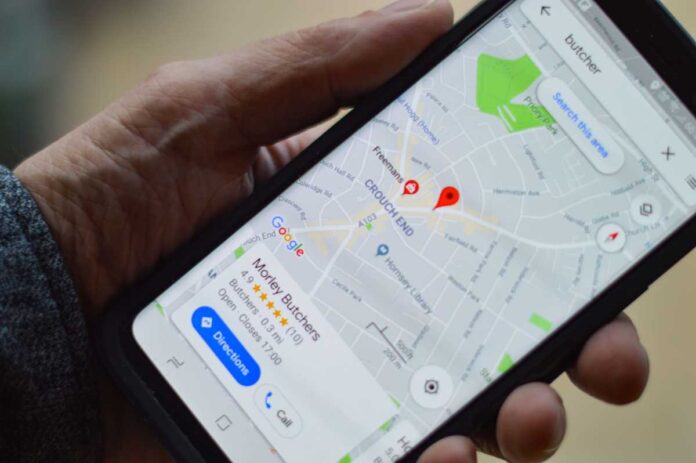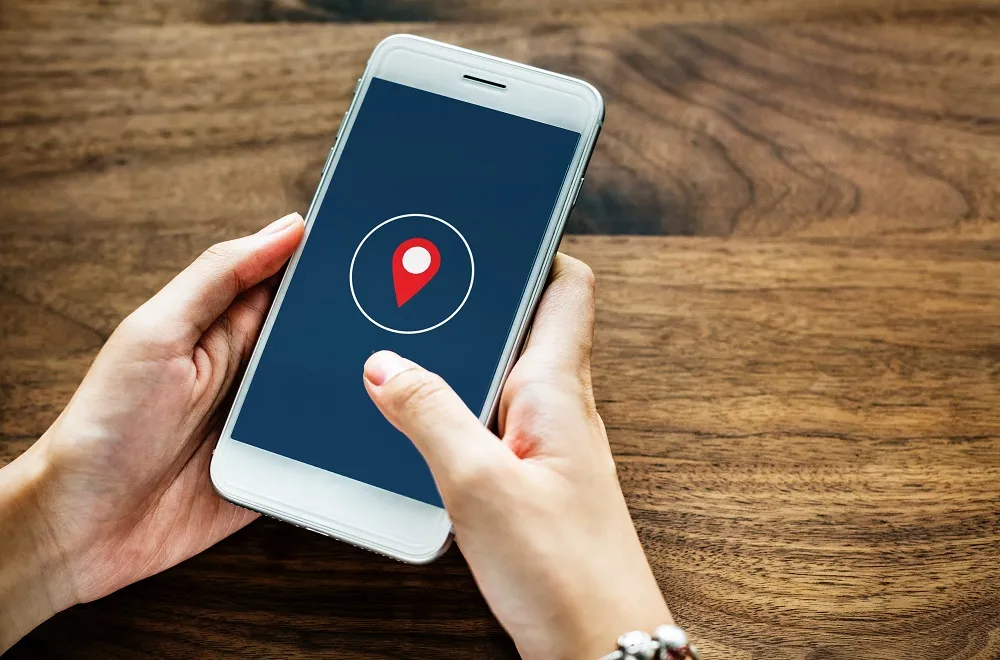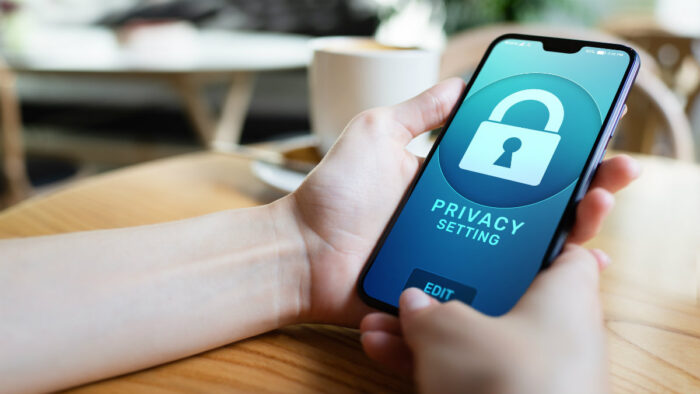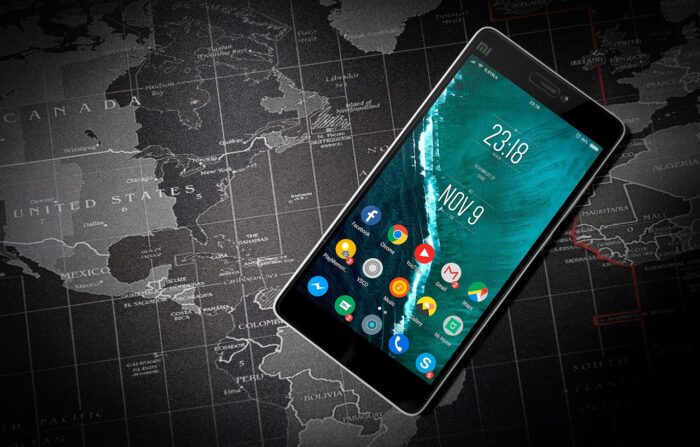
Modern tech is great for helping find the lowest gas prices, finding out what the weather’s going to be like, and obtaining quick driving directions. While these features make our lives easier, they also expose our sensitive personal data for anyone to see.
We’re going to tell you how to protect your phone number from being tracked. This will include adjusting privacy settings and obtaining a VPN, among other things. But, to understand how this can happen in the first place, you have to know the most common phone number tracking methods.
Common Methods of Phone Number Tracking
Phone number tracking can occur from an app or an actual individual via three common ways. The first is via the use of wireless signals. These triangulate where you are in relationship to the closest cell phone and/or 5G towers. Yet another method involves GPS radio signals, which are embedded within the phone itself. These allow for pinpoint accuracy in locating your position. A third way uses an unsecured Wi-Fi hotspot from where you connect your phone; thereby allowing an approximation of your present location.
Privacy Settings for Phone Numbers

If you believe you’re phone number is being tracked, there are several things you can do to prevent it. The following list details all the settings you can adjust to protect you, your location, and your phone number.
- Disable Location Services: For every app installed, ensure your location is off. Unfortunately, far too many people click “allow” without really thinking about it. When you let these use your location, you give the company the ability to communicate with other apps on your phone and your location at any given position.
- Don’t Use Public Hotspots: As tempting as it may be, avoid using public Wi-Fi hotspots. This is a hub for hackers to latch onto your signal, obtain your phone number, and track your movements.
- Use Airplane Mode: To disable both your wireless and GPS radio signals, use Airplane Mode on your phone. The only pitfall with this is that you can’t gain access to the internet or use calling/texting functions. But, it’s a good temporary solution for when you’re moving about.
- Turn the Phone Off: If you’ve already set everything mentioned above, you can always turn off your phone and take out the battery (if you can). It’s the best way to ensure no one is tracking you and your phone number.
- Spyware Scan & Removal: Some hackers will install malware on your phone, which collects and sells your private data.
- Remove Apps: Always remove apps that create funny glitches on your phone or ones that you never use. Likewise, get rid of apps you don’t recall downloading to your phone.
- Avoid Popular Browsers: Browsers offered by companies Firefox, Bing, or Google use your location information for ad targeting and search result suggestions. Although useful, it means that the browser is constantly tracking and logging your locations. You will have to turn off this feature in the privacy settings to keep your data secure.
Using Virtual Numbers for Enhanced Privacy
Another option to enhance privacy is using a Virtual Number, also known as a VoIP number. These are great because they prevent everyone and anything from accessing your data. These work by encrypting and rerouting your information through an external server on a frequent and consistent basis.
Opt-Out from People Finder Directories
Additionally, you want to ensure you opt out of any people-finder directories online. These include sites like BeenVerified, PeopleFinder, and the White Pages. All anyone needs is your full name, your date of birth, and a credit card. From here, they can find your name, the people you associate with, your social media pages, and more.
Educating Users on Phone Number Security

In a time of massive digital information, keeping your phone number private and secure is no easy task. You must be diligent and vigilant, avoiding silly mistakes like keeping your location data on at all times. If you don’t like the idea of staying on top of this with your phone, you could always go back to using a landline or invest in an old-school flip phone.
Strengthening Your Online Presence
Social Media Cleanu
In the era of oversharing, conducting a thorough social media cleanup is a crucial step in safeguarding your online presence. Regularly review and adjust privacy settings on platforms such as Facebook, Twitter, and Instagram. Remove any unnecessary personal details, restrict profile visibility, and be mindful of the information you share. Consider limiting friend lists to trusted individuals and reassessing your connections to minimize potential points of access for trackers.
Be Mindful of Online Forms
Online forms often require personal information, and it’s essential to be cautious about what details you disclose. Before submitting any form, scrutinize the requested information and assess the necessity of providing certain details. Avoid oversharing, and if possible, use aliases or generic information when prompted for non-essential data. This simple practice can significantly reduce the trail of personal information available online.
Reviewing Public Records
Regularly check and manage your public records to ensure that sensitive information is not readily accessible. Many public records, such as property records and legal documents, are available online. Investigate the privacy settings or removal options for such records and take necessary steps to limit their accessibility. By proactively managing public records, you can minimize the chances of your personal information falling into the wrong hands.
Regularly Checking Your Phone’s Security Settings
Regular software updates play a pivotal role in maintaining the security of your mobile device. Developers frequently release updates to address vulnerabilities, enhance performance, and fortify defenses against evolving threats. Stay proactive by enabling automatic updates or regularly checking for updates manually.
Many smartphones come equipped with built-in privacy features and anti-tracking capabilities. Familiarize yourself with these settings, including options for limiting ad tracking, restricting location access, and managing app permissions. Customizing these features according to your preferences fortifies your device against unwanted tracking.
Explore and utilize the privacy settings provided by your operating system. These settings often offer granular control over app permissions and may include options to limit background data usage, control access to sensitive information, and manage notifications. Tailor these settings to align with your privacy preferences and regularly revisit them as your needs evolve.

Conclusion
In conclusion, safeguarding your phone number from tracking is a pivotal component of preserving your digital privacy in an era marked by pervasive connectivity. The strategies discussed in this guide, ranging from meticulous social media cleanups to judicious app permission reviews and the adoption of anti-tracking tools, collectively serve as a comprehensive defense against potential privacy infringements. Recognizing the dynamic nature of digital threats, the importance of regular vigilance cannot be overstated.
By staying informed about emerging risks and consistently reassessing your security measures, you empower yourself to navigate the digital landscape with greater confidence. Taking control of your digital privacy is not merely a one-time effort but an ongoing commitment to cultivating a secure and resilient online presence.
As technology advances, so must our proactive measures evolve to counteract new challenges. In embracing these principles, you not only protect your phone number but also assert your agency in the digital realm, reclaiming a sense of control over the narrative of your personal information.
















